Home>Articles>What Are The Disadvantages Of Fiber Cement Siding
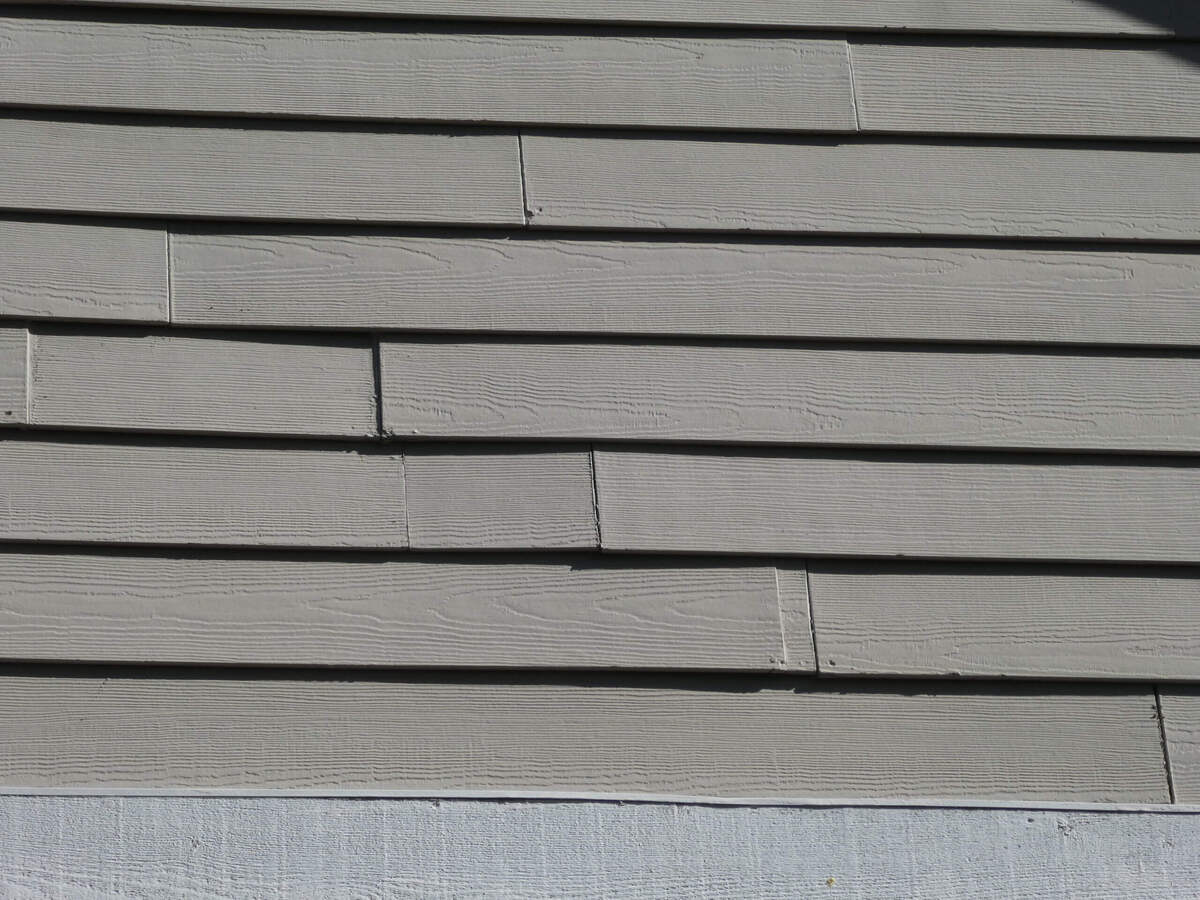

Articles
What Are The Disadvantages Of Fiber Cement Siding
Modified: December 7, 2023
Discover the potential drawbacks of fiber cement siding in this informative article. Learn about the disadvantages and make an informed decision for your home's exterior.
(Many of the links in this article redirect to a specific reviewed product. Your purchase of these products through affiliate links helps to generate commission for Storables.com, at no extra cost. Learn more)
Introduction
Fiber cement siding has gained popularity in the construction industry due to its durability, resilience, and low maintenance requirements. It is a composite material made from a mixture of cement, cellulose fibers, and other additives, which are compressed and formed into sturdy boards. While fiber cement siding offers many benefits, it is important to be aware of its disadvantages before making a decision for your home or building.
In this article, we will explore the drawbacks of fiber cement siding, discussing the cost implications, installation challenges, limited design options, durability issues, environmental concerns, maintenance requirements, difficulties in repairs, and weight and installation restrictions. By understanding these disadvantages, you can make an informed choice and determine if fiber cement siding is the right option for your needs.
Key Takeaways:
- Fiber cement siding offers durability but comes with higher initial and maintenance costs. Limited design options and environmental concerns should be considered, making it crucial to weigh the disadvantages against its benefits.
- Installation challenges, durability issues, and difficulty in repairs are important factors to consider when choosing fiber cement siding. Consulting professionals and thorough research are essential for an informed decision.
Read more: What Is Cement Siding
Cost
Fiber cement siding comes with various cost factors to consider, including the initial cost, installation cost, and long-term maintenance cost. While fiber cement siding offers durability and long-lasting performance, it tends to be more expensive compared to other siding options.
Initial Cost: The cost of purchasing fiber cement siding boards can be higher than alternative siding materials such as vinyl or wood. The price may vary based on factors like the brand, quality, and thickness of the boards. Additionally, if you opt for pre-painted or pre-finished fiber cement siding, it can further increase the initial cost.
Installation Cost: The installation of fiber cement siding requires specialized skills and tools, which can add to the overall cost. Hiring a professional installer who is experienced in working with fiber cement siding is recommended to ensure proper installation. The complexity of the installation process, along with the weight and size of the boards, can also contribute to the higher installation cost.
Maintenance Cost: While fiber cement siding is known for its low maintenance requirements, it still requires periodic upkeep to maintain its appearance and prevent damage. This includes regular cleaning, repainting or resealing, and addressing any repairs or issues that may arise. These maintenance tasks can add to the overall cost of owning fiber cement siding.
It is important to consider the long-term cost implications when choosing fiber cement siding. Although the initial investment may be higher, the durability and longevity of fiber cement can help offset some of the maintenance costs over time.
Installation Challenges
Installing fiber cement siding can present several challenges due to its unique characteristics. Here are some installation challenges to be aware of:
Specialized Skills Required: Proper installation of fiber cement siding requires specialized skills and knowledge. It is important to hire experienced professionals who have expertise in working with this type of siding. Improper installation can lead to issues such as cracking, warping, or moisture damage.
Heavy and Difficult to Handle: Fiber cement siding is relatively heavy compared to other siding materials like vinyl or aluminum. Handling and maneuvering the boards during the installation process can be physically demanding. This may require additional labor or equipment to lift and position the siding properly.
Time-Consuming Installation Process: Installing fiber cement siding is a time-consuming process. Each siding board needs to be accurately measured, cut, and installed, which can take longer compared to other siding materials. This can lead to increased labor costs and longer project timelines.
Risk of Improper Installation: Improper installation can have severe consequences for fiber cement siding. If not installed correctly, there is a risk of water infiltration, leading to moisture-related issues such as mold, rot, or deterioration. It is essential to follow manufacturer’s guidelines and employ qualified installers to minimize the risk of improper installation.
Considering these installation challenges, it is crucial to hire professionals who have experience with fiber cement siding to ensure the installation is done correctly, minimizing the risk of potential problems in the future.
Limited Design Options
While fiber cement siding offers several advantages, one of its drawbacks is the limited design options available compared to other siding materials. Here are some factors to consider:
Limited Range of Colors: Fiber cement siding typically comes in a limited range of colors. While there are some standard color options available, the choices may not be as extensive as with other siding materials, such as vinyl or cedar. This limitation can make it challenging to find the exact color that matches your vision or existing exterior design.
Fewer Options for Textures and Finishes: Fiber cement siding also offers fewer choices when it comes to textures and finishes compared to materials like wood or stucco. While there are options available, they may not provide the same level of variety or aesthetic appeal as alternative siding materials. This can limit your ability to achieve a specific architectural or design style.
Difficulty in Matching Existing Siding: If you are looking to replace a part of your existing siding with fiber cement, it might be challenging to find a perfect match. Due to variations in color and texture options, finding a replacement that seamlessly blends with the existing siding can be difficult. This can result in a less uniform appearance, which may be a concern for homeowners seeking a cohesive look.
It is important to consider your aesthetic preferences and the overall design goals for your home or building before deciding on fiber cement siding. While it may have limited design options, there are still ways to enhance its visual appeal through selection of complementary trims or accents.
Durability Issues
While fiber cement siding is known for its durability, there are some inherent issues that can affect its long-term performance. Here are a few durability concerns to be aware of:
Susceptible to Cracking and Chipping: Fiber cement siding, although strong, can be susceptible to cracking and chipping. Extreme temperature changes or impact from objects can cause the boards to crack or break. These cracks may compromise the integrity of the siding and potentially lead to water infiltration or moisture-related issues.
Prone to Moisture Damage: Although fiber cement siding is designed to resist moisture, prolonged exposure to excessive moisture or improper installation can result in water damage. If water penetrates the siding, it can lead to issues such as rot, mold, or mildew, which can compromise the structural integrity of the siding and potentially affect the underlying structure.
Vulnerable to Impact from Hail or Flying Debris: Fiber cement siding is more susceptible to damage from impact, such as hailstorms or flying debris during severe weather conditions. While it is resilient against most impacts, significant force can result in dents, cracks, or even punctures, requiring repair or replacement of the affected boards.
Can Warp or Fade Over Time: Over an extended period, fiber cement siding may experience some warping or fading. Exposure to UV rays from sunlight can cause color fading, particularly in darker shades. Additionally, fluctuating moisture levels can lead to expansion or contraction of the boards, potentially resulting in warping or buckling.
While these durability concerns exist, it is important to note that proper installation, regular maintenance, and addressing any issues promptly can help mitigate these problems and prolong the lifespan of fiber cement siding.
When considering fiber cement siding, be aware that it can be more expensive than other siding options, and it requires professional installation due to its weight and potential for silica dust exposure during cutting.
Read more: How To Install Cement Siding
Environmental Concerns
While fiber cement siding offers many benefits, it is important to consider the environmental impact associated with its production and disposal. Here are some environmental concerns regarding fiber cement siding:
Manufacturing Process and Air Emissions: The manufacturing process of fiber cement siding involves the use of energy-intensive machinery and the release of air pollutants. The production of cement, a key component of fiber cement, is known to generate significant carbon emissions. Additionally, the production process can release other harmful substances into the air, contributing to air pollution and environmental degradation.
Contains Cement, which Contributes to Carbon Emissions: Cement is a primary ingredient in fiber cement siding. Cement production is a major source of carbon dioxide emissions, which are known contributors to climate change. The carbon footprint associated with the manufacturing and transportation of cement can impact the overall environmental sustainability of fiber cement siding.
Difficult to Recycle or Dispose of Properly: While fiber cement siding is durable and long-lasting, there may come a time when it needs to be replaced or disposed of. Unfortunately, recycling fiber cement siding can be challenging due to its composition, which includes cement and other additives. Proper disposal methods may not be readily available in all areas, leading to potential landfill waste and environmental repercussions.
It is crucial to consider these environmental concerns when choosing fiber cement siding. However, it is worth noting that some manufacturers are taking steps to minimize the environmental impact by implementing sustainable practices in their production processes, such as using recycled materials or reducing energy consumption.
Maintenance Requirements
While fiber cement siding is generally low maintenance, it still requires regular care and upkeep to ensure its longevity and performance. Here are some maintenance requirements to keep in mind:
Regular Cleaning to Prevent Mold and Mildew Growth: Over time, dirt, dust, and organic matter can accumulate on the surface of fiber cement siding, providing a conducive environment for mold and mildew growth. Regular cleaning with mild detergents or power washing is necessary to remove these contaminants and prevent the development of unsightly stains or health hazards caused by mold and mildew.
Periodic Repainting or Resealing: Although fiber cement siding is known for its durability, the painted or sealed finish on the boards may degrade over time due to exposure to the elements. Depending on the quality of the initial paint or sealant, periodic repainting or resealing may be required to maintain the appearance and protect the siding from moisture, fading, or cracking. This can add to the maintenance cost and time investment associated with fiber cement siding.
Potential for Insect Infestation in Certain Climates: In certain climates or geographical regions, fiber cement siding can be susceptible to insect infestation. Termites, carpenter ants, and other wood-boring insects may burrow into the cellulose fibers within the siding if not properly treated or protected. Regular inspection and treatment, if necessary, are crucial to prevent structural damage or costly repairs caused by insect infestation.
It is important to follow the manufacturer’s guidelines regarding cleaning, repainting, sealing, and insect protection to ensure the optimal performance and lifespan of fiber cement siding. Regular maintenance can help preserve the integrity and aesthetics of the siding, avoiding potential issues down the line.
Difficulty in Repairs
While fiber cement siding is known for its durability, repairing damaged or deteriorated boards can pose some challenges. Here are some factors that contribute to the difficulty in repairs:
Difficult to Replace or Repair Individual Boards: In the event of damage to a specific section of fiber cement siding, it can be challenging to replace or repair individual boards. Unlike other siding materials that can be easily replaced, fiber cement siding requires meticulous cutting, fitting, and securing to ensure a seamless replacement. It may require the expertise of professionals to maintain the integrity and visual appeal of the siding during the repair process.
May Require Specialized Tools or Equipment: Repairing fiber cement siding may require specialized tools or equipment, depending on the extent of the damage and the type of repair needed. These tools may include circular saws, shears, pneumatic nailers, or specific cutting tools designed for fiber cement. Homeowners attempting DIY repairs should ensure they have the necessary tools and knowledge to handle the repair correctly.
Given the complexities involved in repairing fiber cement siding, it is advisable to consult with a professional contractor or experienced installer to assess the damage and determine the most appropriate course of action. They will have the expertise and tools required to execute the repair effectively, minimizing the risk of further damage or aesthetic inconsistencies.
Weight and Installation Restrictions
Fiber cement siding is known for its durability and robustness, but its weight and installation requirements can present challenges and limitations. Here are some key considerations regarding weight and installation restrictions:
Requires Additional Structural Support: Fiber cement siding is relatively heavy compared to other siding materials, such as vinyl or aluminum. As a result, it may require additional structural support to bear the weight of the siding and ensure proper installation. This can involve reinforcing the studs or substructure to accommodate the added load, which can add to the complexity and cost of the project.
Not Suitable for All Types of Buildings or Structures: Due to its weight and installation requirements, fiber cement siding may not be suitable for all types of buildings or structures. It is essential to evaluate the structural capacity of the existing framework before considering fiber cement siding. In some cases, the existing structure may not be able to support the weight of the siding, making it impractical or unsafe to install.
It is crucial to consult with a professional contractor or structural engineer to assess the suitability and feasibility of fiber cement siding for your specific building or structure. They can evaluate the existing framework and provide guidance on any additional support or modifications needed to accommodate the weight of the siding.
Read more: How To Repair Cement Board Siding
Conclusion
Fiber cement siding offers several advantages such as durability, resistance to fire and pests, and low maintenance requirements. However, it is important to consider the disadvantages associated with this siding option before making a decision for your home or building.
One of the primary concerns is the cost, including the initial cost of purchasing the siding and the installation cost, which may be higher compared to other siding materials. Additionally, limited design options, such as a restricted range of colors and textures, can limit your ability to achieve a specific aesthetic or match existing siding.
Another drawback is the potential for durability issues. Fiber cement siding may be susceptible to cracking, moisture damage, impact from hail or debris, and warping or fading over time. These issues can impact the appearance and structural integrity of the siding.
Environmental concerns are also important to consider. The production process of fiber cement siding releases carbon emissions, and the difficulty in recycling or disposing of the material properly can contribute to environmental waste.
In terms of maintenance, regular cleaning to prevent mold and mildew growth, periodic repainting or resealing, and addressing potential insect infestation are necessary to ensure the longevity and performance of fiber cement siding.
Lastly, the difficulty in repairs and the weight and installation restrictions can pose challenges. Repairing individual boards may require specialized tools or professional expertise, and additional structural support may be necessary to install fiber cement siding properly, making it unsuitable for all types of buildings or structures.
In conclusion, while fiber cement siding has many benefits, it is crucial to weigh the disadvantages against your specific needs, budget, and aesthetic preferences. Consulting with professionals and conducting thorough research will help you make an informed decision regarding the best siding option for your home or building.
Frequently Asked Questions about What Are The Disadvantages Of Fiber Cement Siding
Was this page helpful?
At Storables.com, we guarantee accurate and reliable information. Our content, validated by Expert Board Contributors, is crafted following stringent Editorial Policies. We're committed to providing you with well-researched, expert-backed insights for all your informational needs.
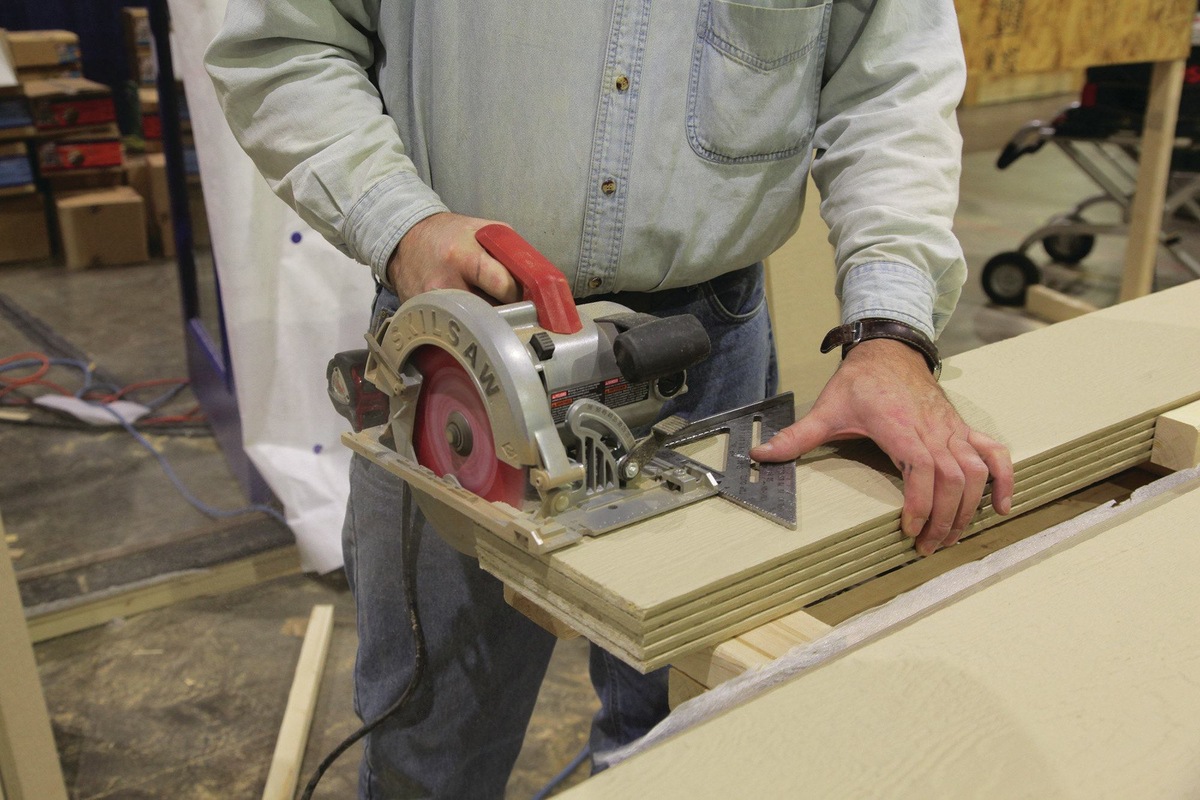
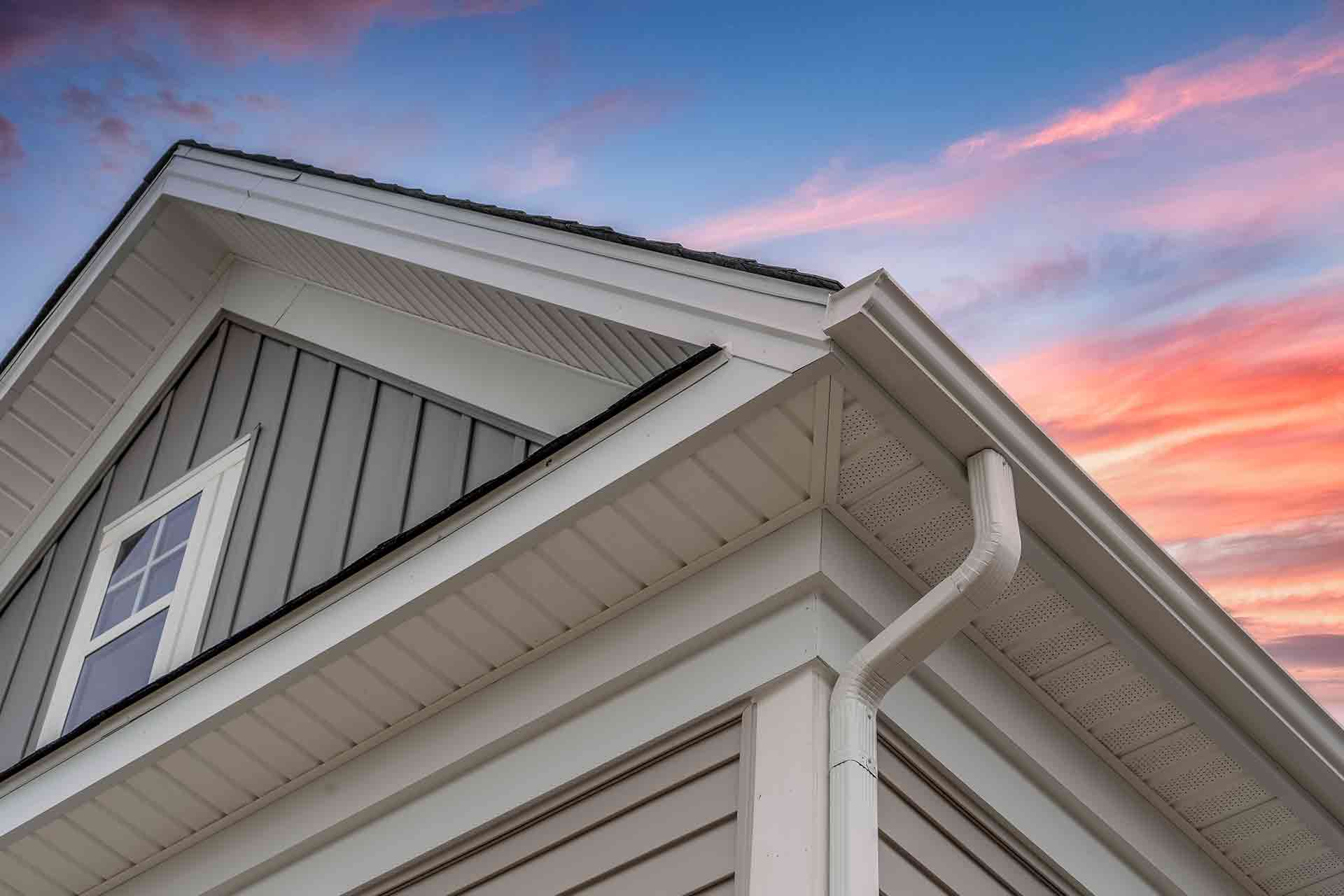
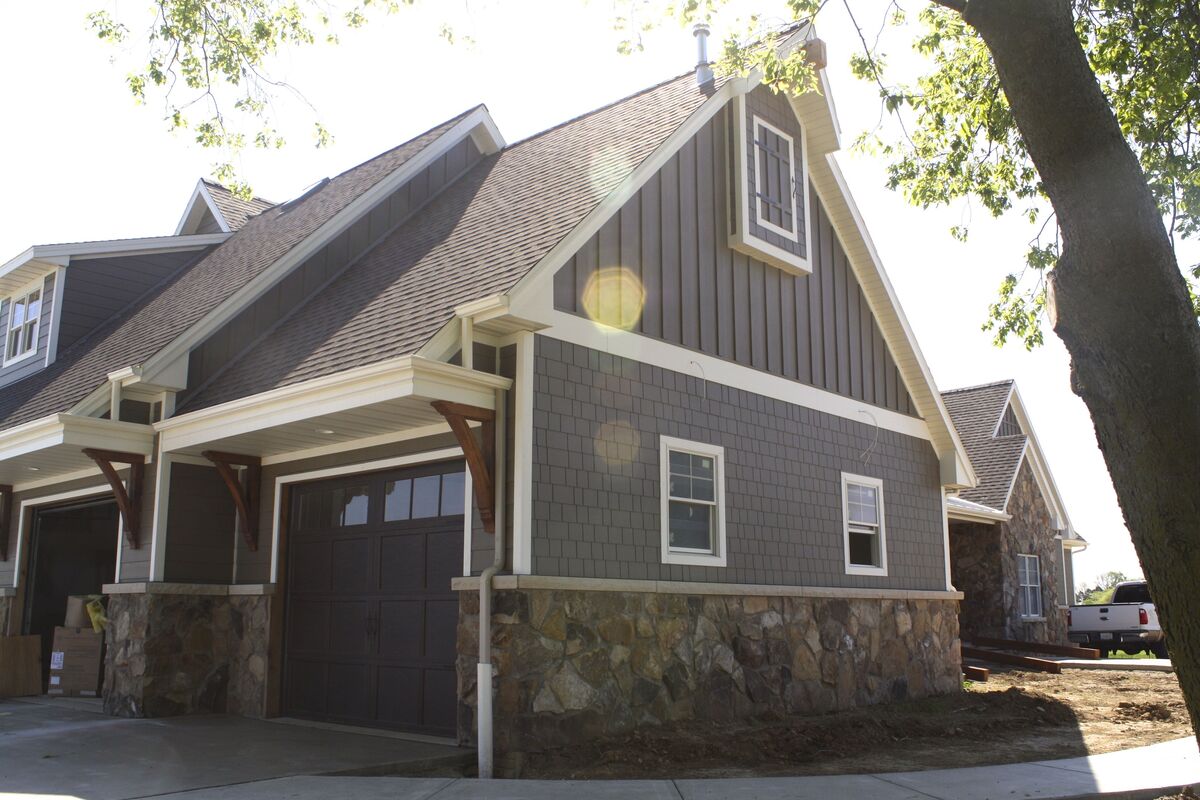
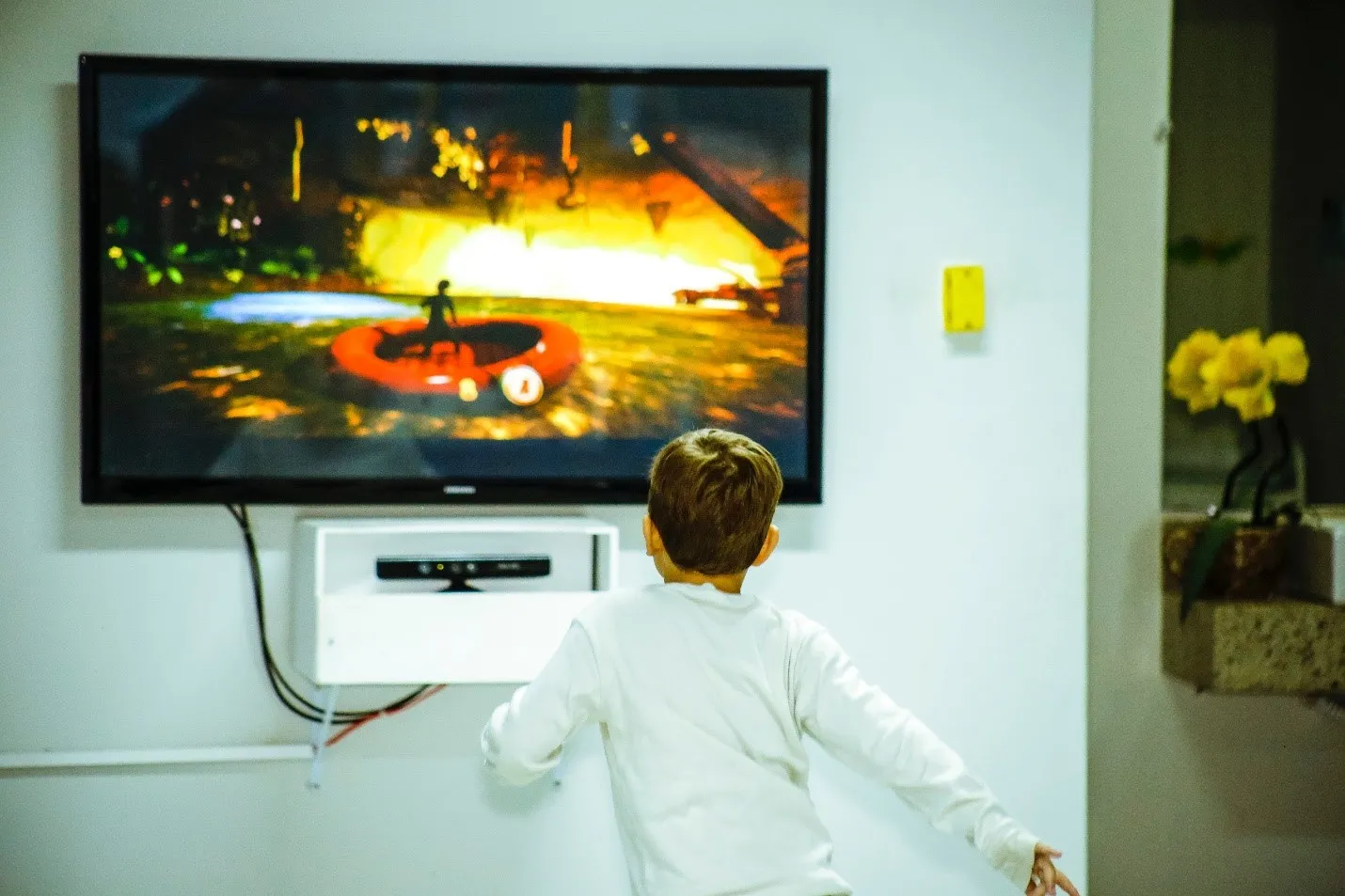
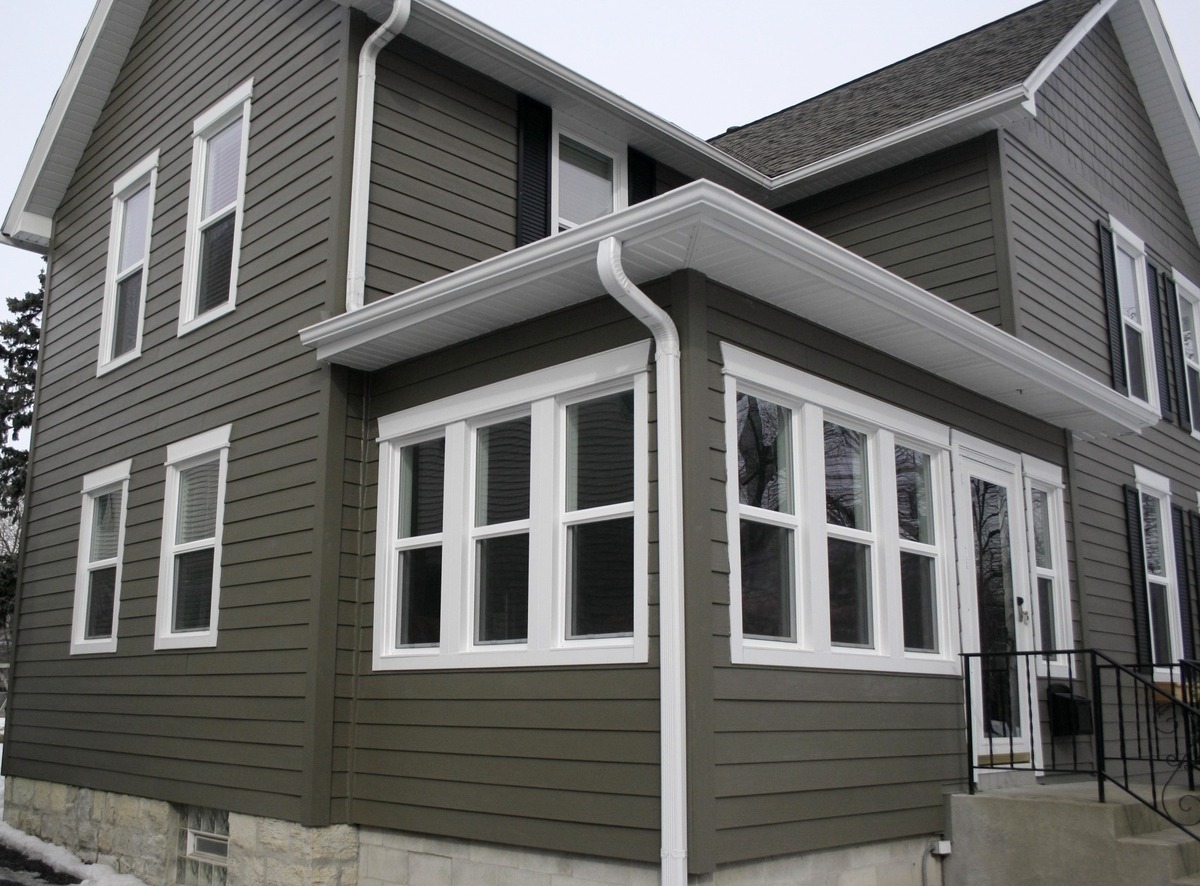
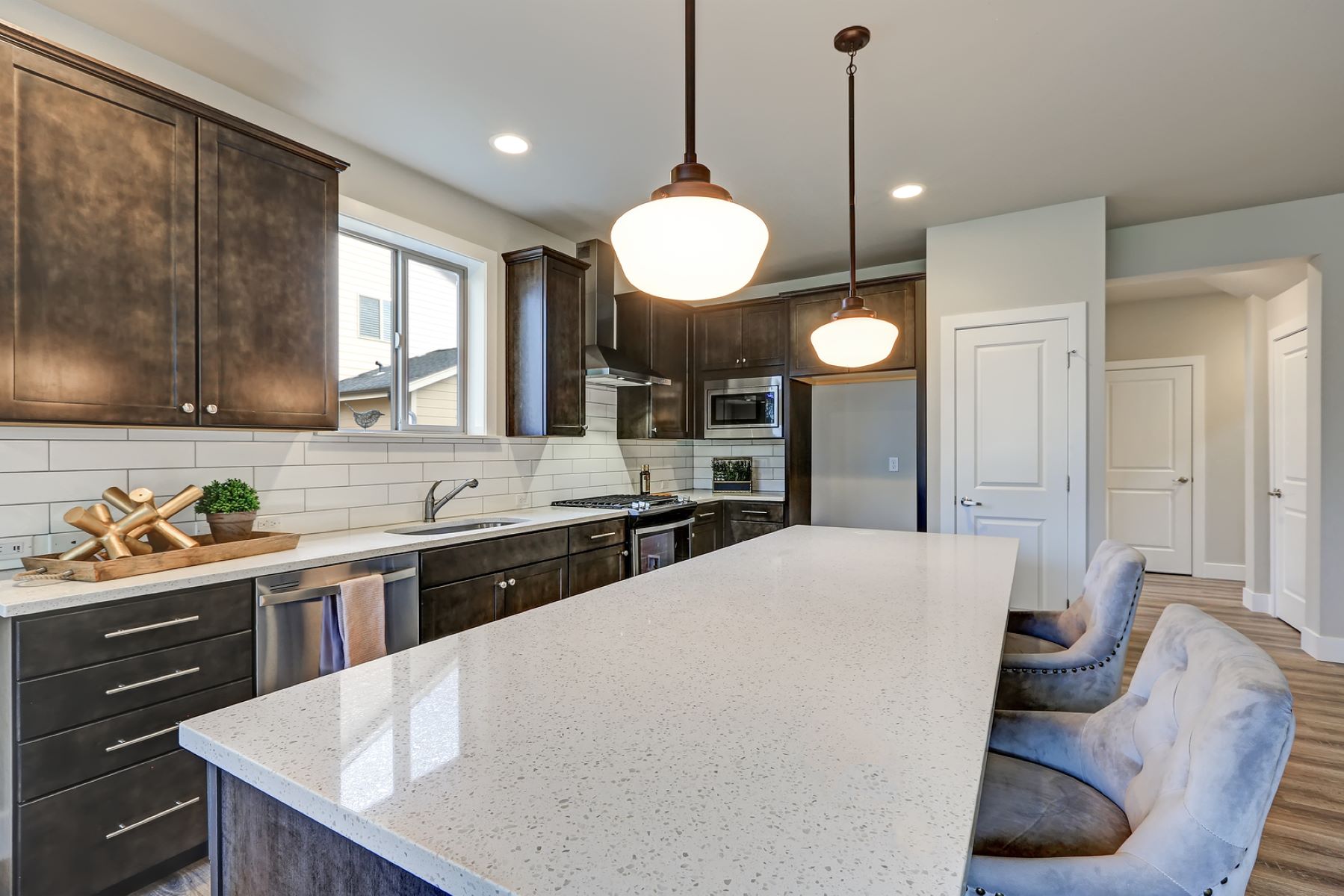
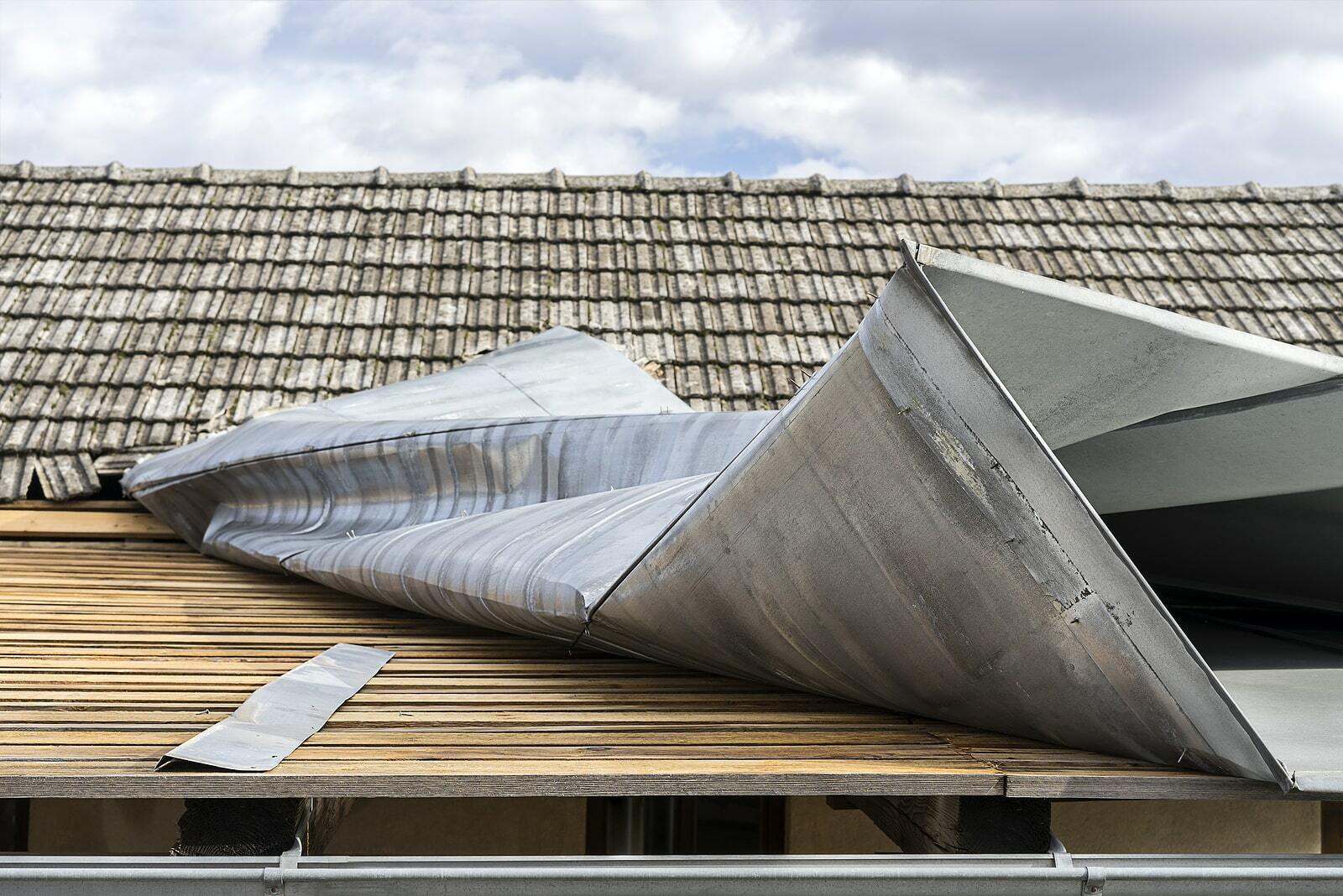

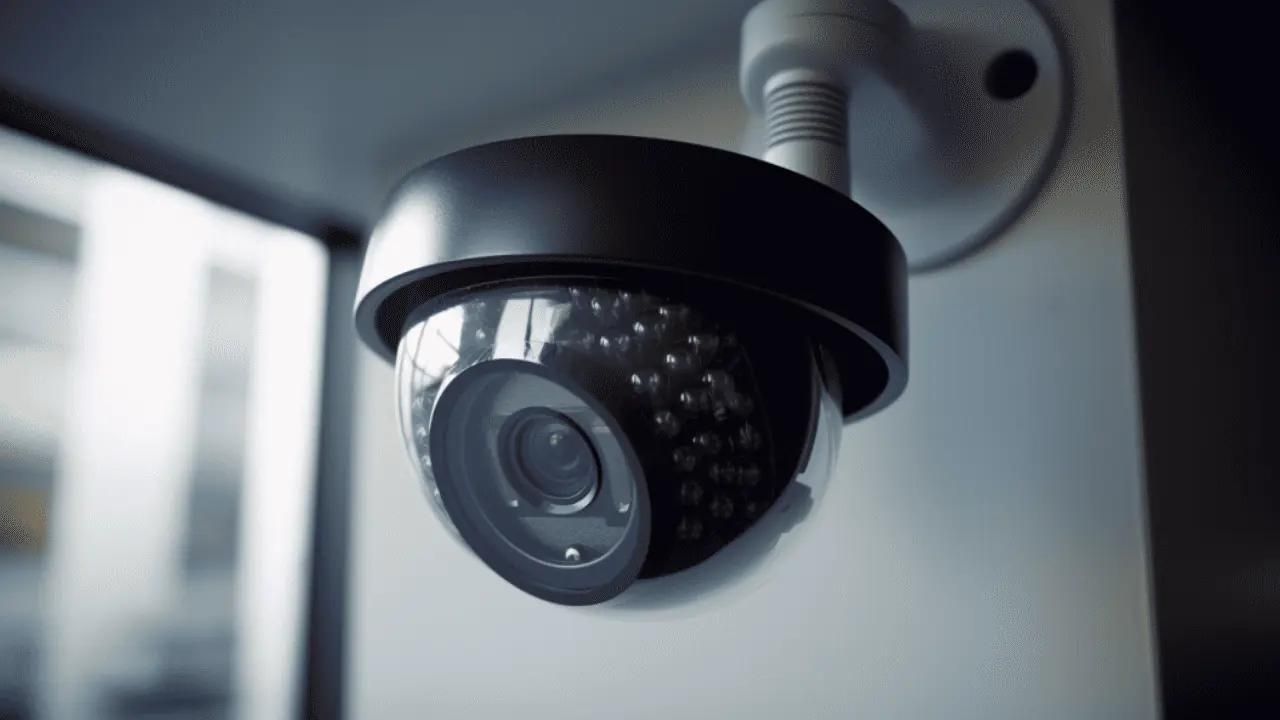
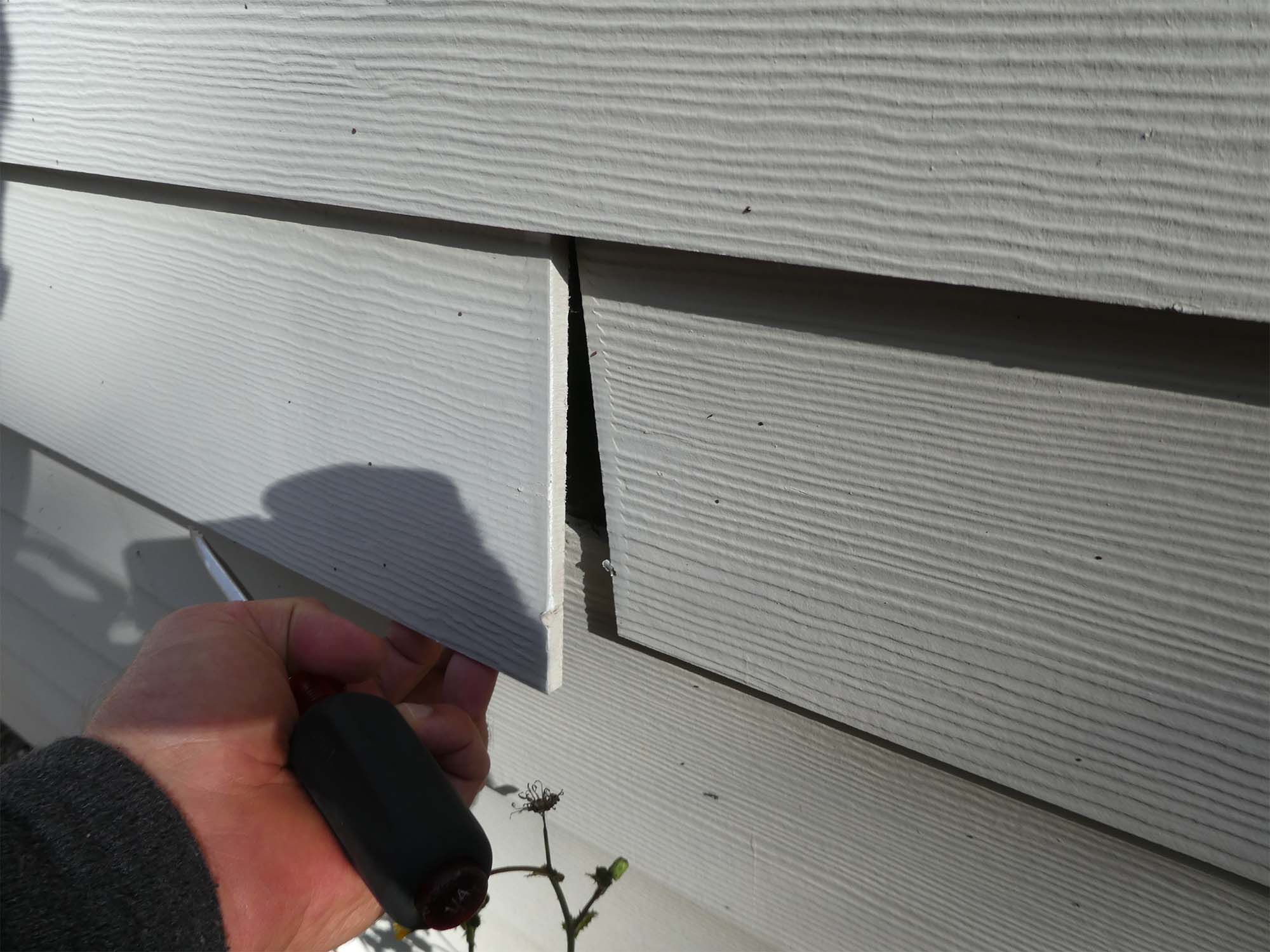
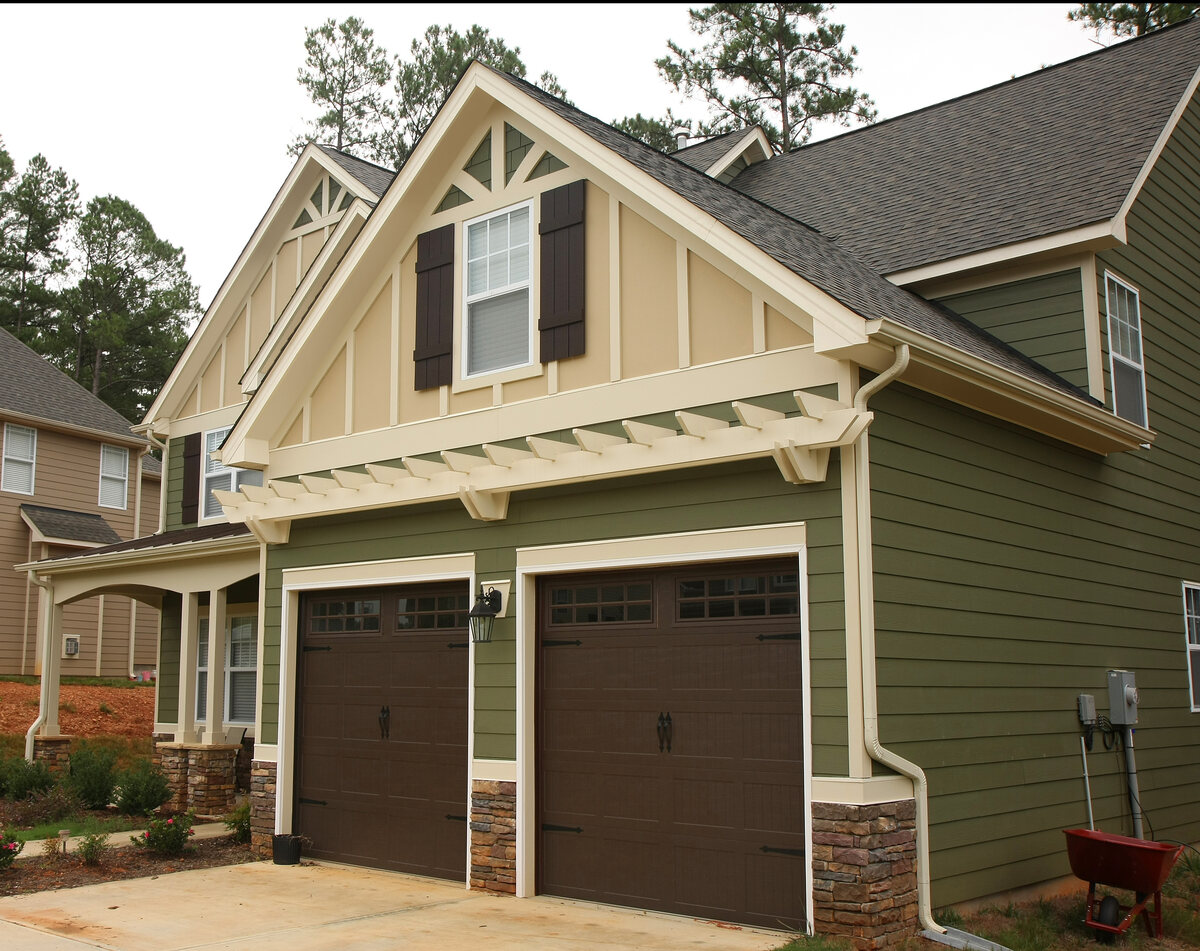
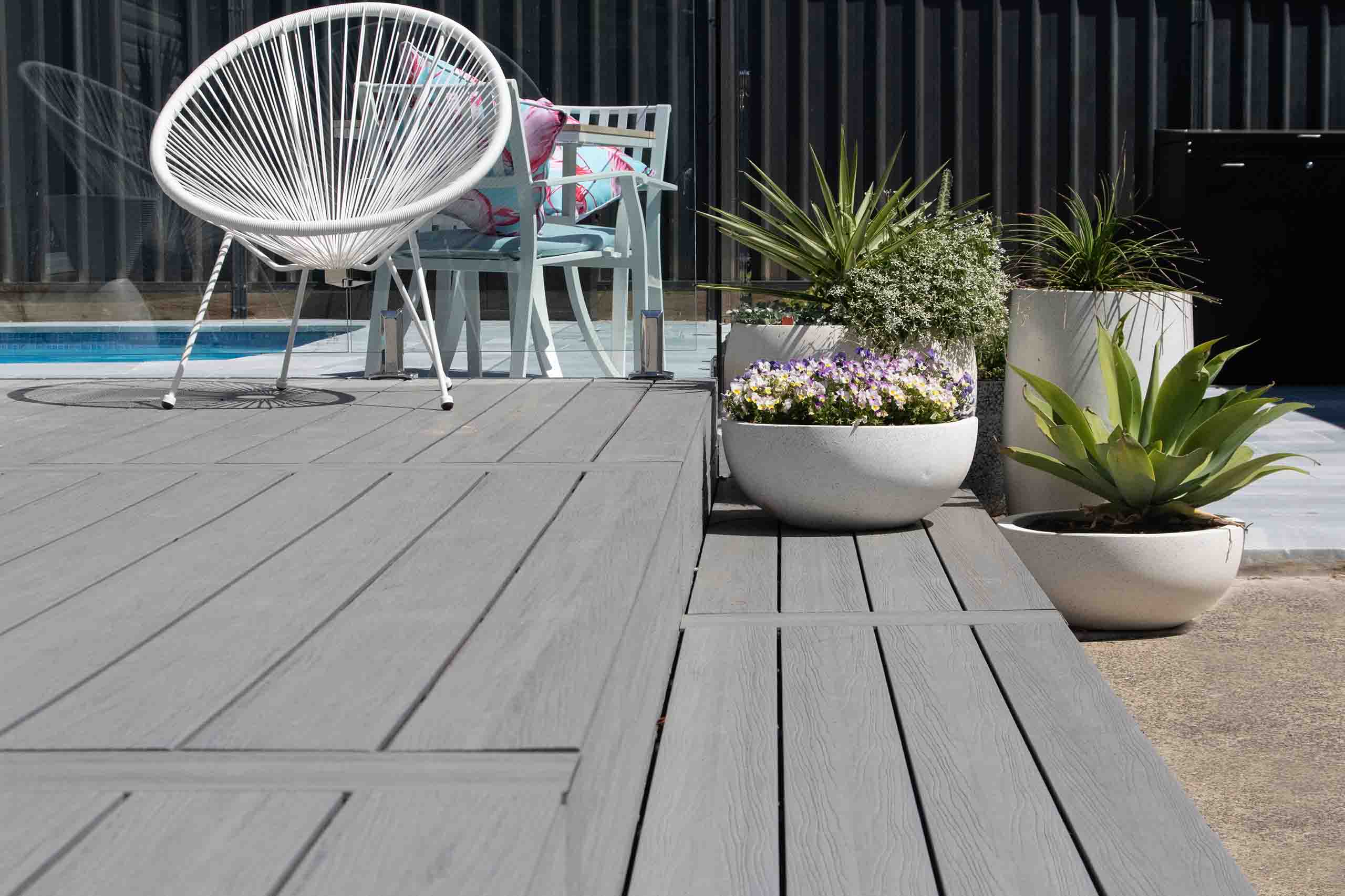
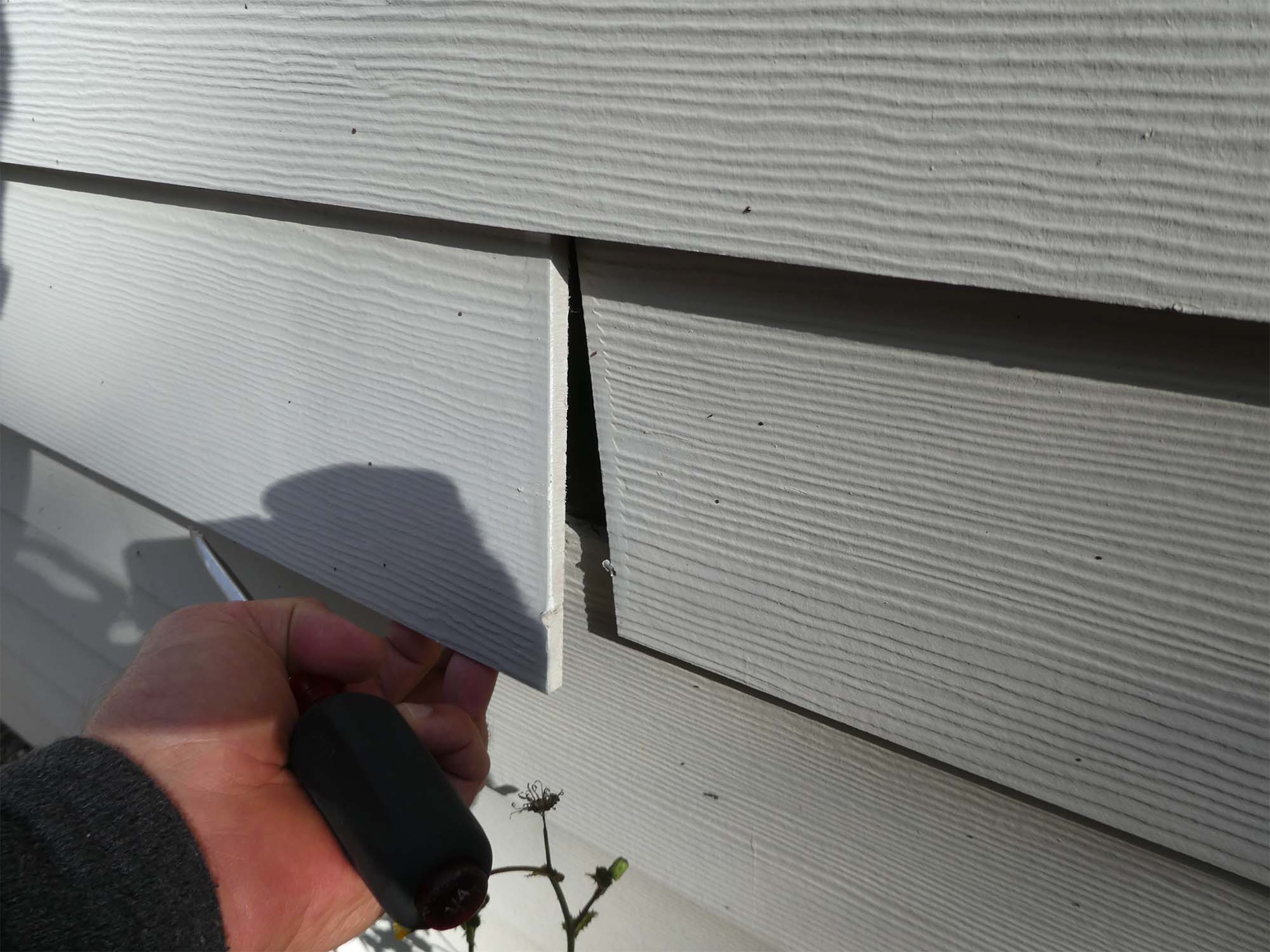

0 thoughts on “What Are The Disadvantages Of Fiber Cement Siding”